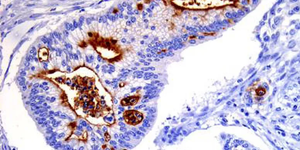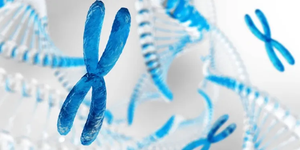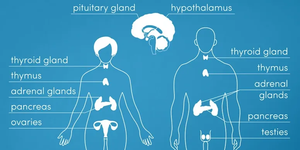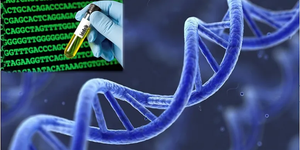
Next Generation DNA Sequencing
In contrast to microarray methods, sequence-based approaches directly determine the nucleic acid sequence of a given DNA or cDNA molecule.
The first major foray into DNA sequencing was the Human Genome Project. This project, which used first-generation sequencing, known as Sanger sequencing (the chain-termination method), took 13 years, cost $3 billion and was completed in 2003.
Compared to conventional Sanger sequencing using capillary electrophoresis, the short read, massively parallel sequencing technique is a fundamentally different approach that revolutionized sequencing capabilities and launched the second-generation sequencing methods – or next-generation sequencing (NGS) – that provide orders of magnitude more data at much lower recurring cost.
Next-generation sequencing (NGS), also known as high-throughput sequencing, is the catch-all term used to describe a number of different modern sequencing technologies. These technologies allow for sequencing of DNA and RNA much more quickly and cheaper than the previously used Sanger sequencing, and as such revolutionized the study of genomics and molecular biology.
Advantages of NGS
NGS can be used to analyze DNA and RNA samples and is a popular tool in functional genomics. In contrast to microarray methods, NGS-based approaches have several advantages including:
- a priori knowledge of the genome or genomic features is not required
- it offers single-nucleotide resolution, making it possible to detect related genes (or features), alternatively spliced transcripts, allelic gene variants and single nucleotide polymorphisms
- higher dynamic range of signal
- requires less DNA/RNA as input (nanogramms of materials are sufficient)
- higher reproducibility








